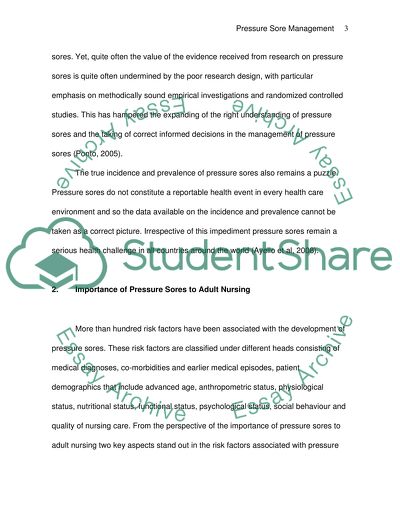Cite this document
(“PRESSURE SORE MANAGEMENT IN ADULT PATIENTS Essay”, n.d.)
Retrieved from https://studentshare.org/environmental-studies/1404843-pressure-sore-management-in-adult-patients
Retrieved from https://studentshare.org/environmental-studies/1404843-pressure-sore-management-in-adult-patients
(PRESSURE SORE MANAGEMENT IN ADULT PATIENTS Essay)
https://studentshare.org/environmental-studies/1404843-pressure-sore-management-in-adult-patients.
https://studentshare.org/environmental-studies/1404843-pressure-sore-management-in-adult-patients.
“PRESSURE SORE MANAGEMENT IN ADULT PATIENTS Essay”, n.d. https://studentshare.org/environmental-studies/1404843-pressure-sore-management-in-adult-patients.


